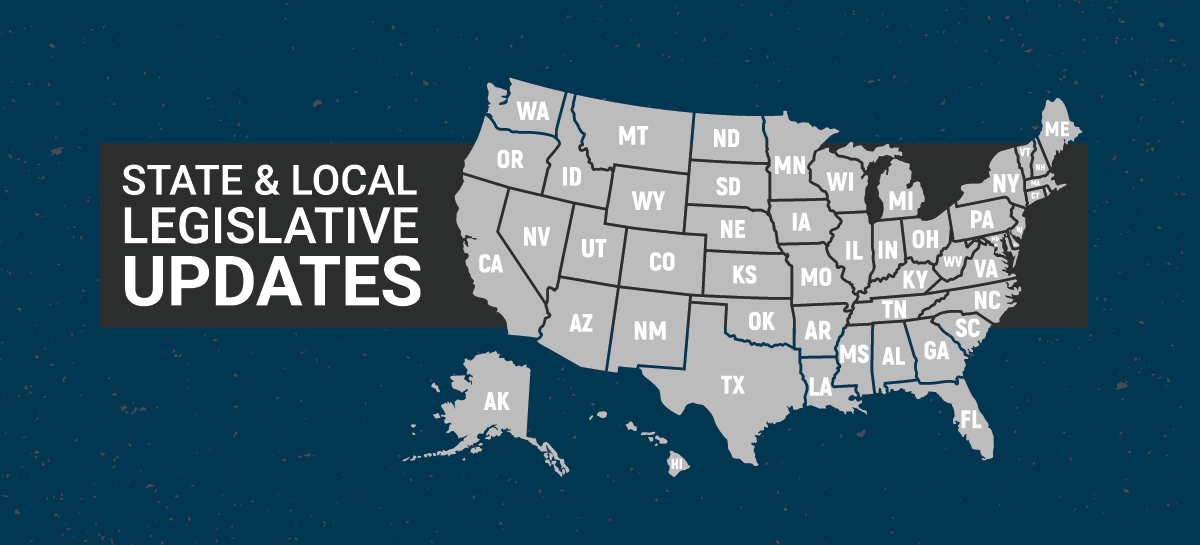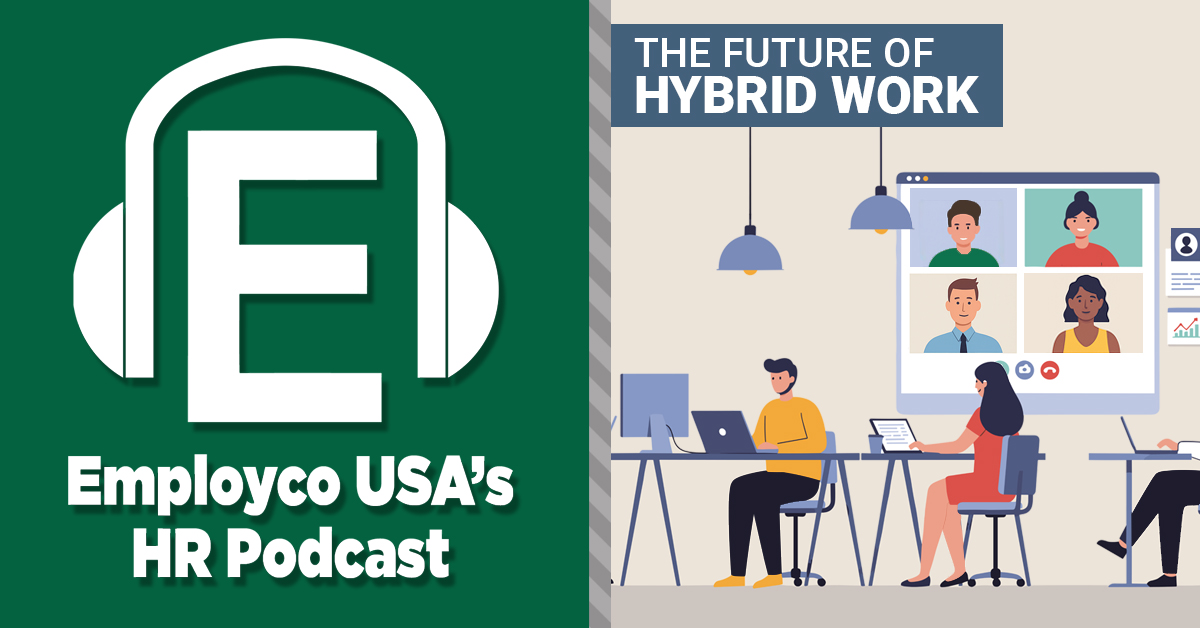As we celebrate the holiday season, please note our adjusted office hours:
- Wednesday, December 24 (Christmas Eve) – Closing at Noon
- Thursday, December 25 (Christmas Day) – Closed
- Friday, December 26 (Day After Christmas) – Closed
- Thursday, January 1 (New Year’s Day) – Closed
We will resume normal business hours on Monday, December 29, and again on Friday, January 2, following the New Year’s holiday.
On behalf of everyone at Employco USA, we wish you and your loved ones a happy holiday season and a healthy, prosperous new year!
Please contact us if you have any questions or special requests.






